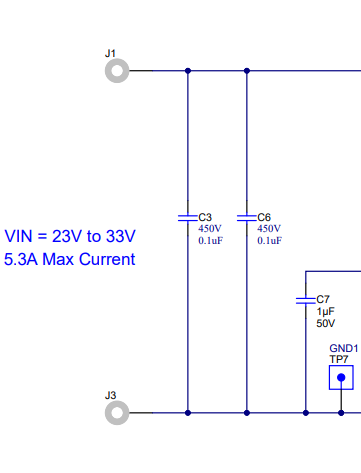Other Parts Discussed in Thread: LM5069, LM7480
Hi;
About the TIDA-010242 MIL-STD-1275 referance design curcuit;
I am traying to understand how does curcuit work for normal operation.
I am consederating to use this curcuit into my project as a protection curcuit of input power however my design have an 9-36V input range , if I use this curcuit as a input protection line , will my design work properly ?
How can I set the input range values in my design by using this referance curcuit?
I am confused with this page that I shared below:

Waiting your answer,
Sincerely,

